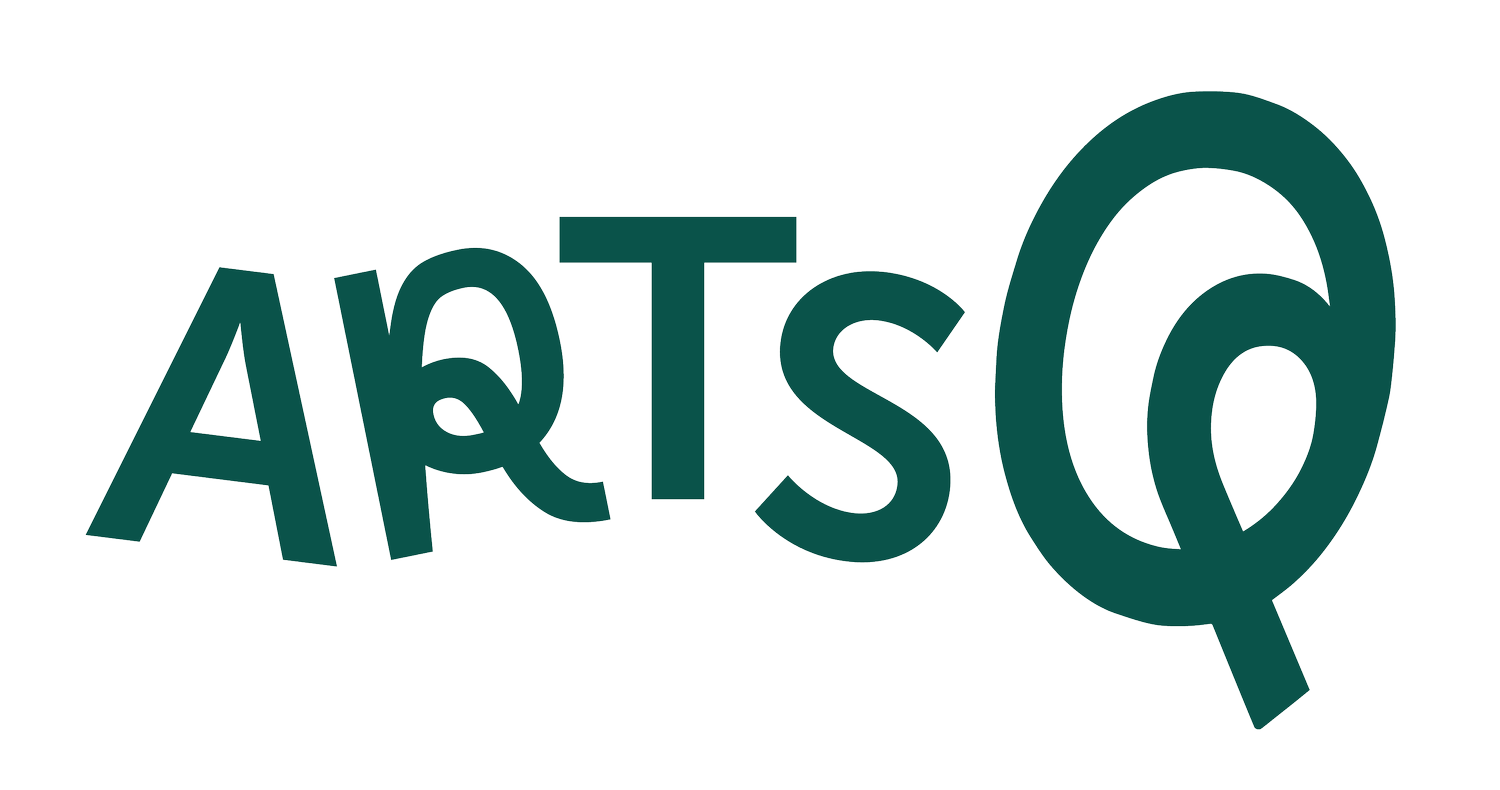Korean bronze mirror from the Goryeo dynasty
Let’s travel 1,000 years into the past to look at a gorgeous flower-shaped mirror from the Korean Goryeo (Koryo) dynasty (918–1392). This mirror is made from bronze, which is an alloy of copper and tin. Bronze changes over time with exposure to air and moisture giving it a greenish hue called a patina. One side of the mirror was originally polished to a sheen, while the back side features an intriguing scene of figures and architecture in a landscape of craggy rocks.
Close looking and the vocabulary of art history
We at ARTSQ think close looking is really important, so in this video we introduce the vocabulary you can use to describe the formal elements of a historical object like this one. We’ll look closely at the decoration on the backside of the mirror and learn how we can use things that are familiar to us to describe things that we might not have the cultural background to analyze. You’ll also learn how an object from Korean art history relates to the Statue of Liberty in New York City!
Close looking and formal analysis
In art history, close looking is the first step in doing something called a formal analysis, which is an analysis of things like the elements of art and the principles of design. If you’ve ever wondered how to do a formal analysis, our close looking series offers an excellent first step!
Main object
Mirror decorated with figures in a landscape, 918–1392, Goryeo dynasty, bronze, 7 in. diameter (17.8 cm). The Metropolitan Museum of Art
